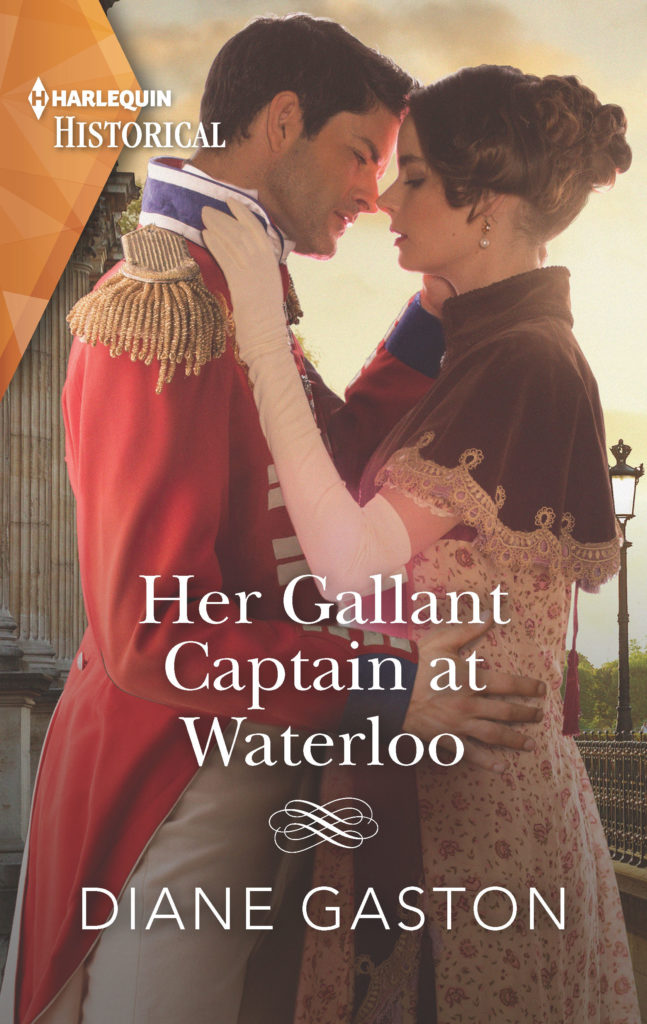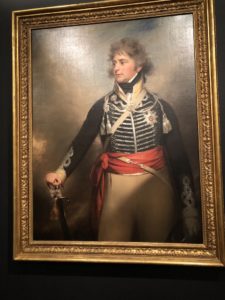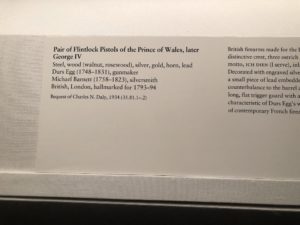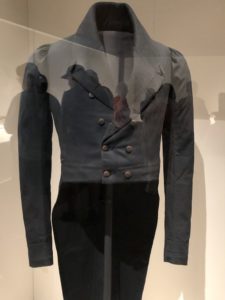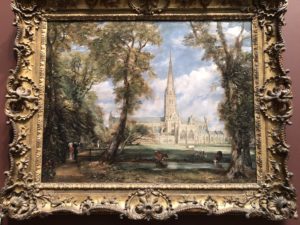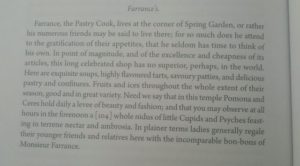We are pulling through a very unique year in history, the year of COVID-19. Vaccines are here and many of us, myself included, have received them. But this year (plus) of isolation came with some benefits, putting Zoom front and center in our vocabulary.
I spent some time in the past year looking for entertainment on the internet, rewatching all the Austen movies I could access, finding Regency-related video on Youtube, and, of course, zooming with friends and family. In so doing, I came across two resources that have come to us through the gift of Zoom.

Jane Austen and Co.
According to their website, “Jane Austen & Co. is a free public book group devoted to reading texts written by historical female authors. Part of the Jane Austen Summer Program, our mission is to bring engaging and informative humanities programming to local libraries within the Triangle Region of North Carolina and beyond.”
Affiliated with the University of North Carolina, their programs were presented in person before this past year, but with the pandemic, the group went virtual. This meant interested attendees could come from all over the world.
In 2020, during what I consider the dark days of the pandemic, they presented a series of zoom lectures called Staying Home with Jane Austen, covering food, dress (the author of Dress in the Age of Jane Austen), family (with Sonali Dev), and servants (with the author of Longbourne).
In 2021 they’ve started a wonderful series called Race and the Regency. The first presentation was Lord Mansfield and the Slave Ship Zong, a talk by Danielle Christmas, an Assistant Professor at UNC. Second, Remixing Pride and Prejudice, a Conversation with Author Ibi Zoboi. Zoboi wrote Pride, a reimagining of Austen’s classic in the Afro-Latino neighborhoods of Brooklyn. Third was I Hope White Hands, Wedgewood, Abolition and the Female Consumer. This one was pretty fascinating, telling how Wedgewood produced wares with anti-slavery images and slogans that were very popular with their female customers.
There is more to come from the Race and the Regency series. On April 9, Professor Lyndon Dominique will be discussing Political Blackness in The Woman of Colour. The Woman of Colour is an 1808 novel about a biracial heiress who travels from Jamaica to England to marry according to her father’s will. On April 13, Damianne Scott, a professor at University of Cincinnati, will present Bridgerton’s Queen Charlotte is Playing to the Masses and It is About Time.
What is lovely about the Jane Austen and Co. events is that they are recorded and available after the presentation, so you can tune in to all of these. For free!

The Georgian Group
My UK friend, Louise Allen, who writes non-fiction books about the Regency as well as Regency Historicals, told me about The Georgian Group, specifically about a virtual presentation about Vauxhall Gardens. Oh, my gosh, this is a wonderful resource!
The Georgian Group’s website says “The Georgian Group is an English and Welsh conservation organisation created to campaign for the preservation of historic buildings and planned landscapes of the 18th and early 19th centuries.” They’ve been in existence since 1937 and are active in saving these historic places even today.
- Their series of lectures is virtual this year, because of the pandemic, so it is possible to attend without having to travel to London (which would be nice, come to think of it). They are weekly. Take a look at some of the topics, just for April. April 6- Follies, An Architectural Journey. April 13- The English Landscape Revolution. April 19 –Permeability and the Picturesque: British Country Houses at the Turn of the Nineteenth Century.
Look here for the complete list. It is impressive.
There is a charge for each lecture or you can join the organization and attend for free.
Even if you are not able to pay for the lectures there is a lot of information on the website: an online archive of their journal; an introduction to Georgian Architecture; a bibliography.
I just learned that there is an American Friends of the Georgian Group. Their membership is a little steep and their events seem to all have been live, but there is some interesting content on that site as well.
The thing is, these enriching resources would not have been available if not for the pandemic. As awful and confining as it has been, some really nice things have happened–gifts from the pandemic!
What are some of the gifts from the pandemic that you’ve received? Any other good Regency resources? Let us know!

